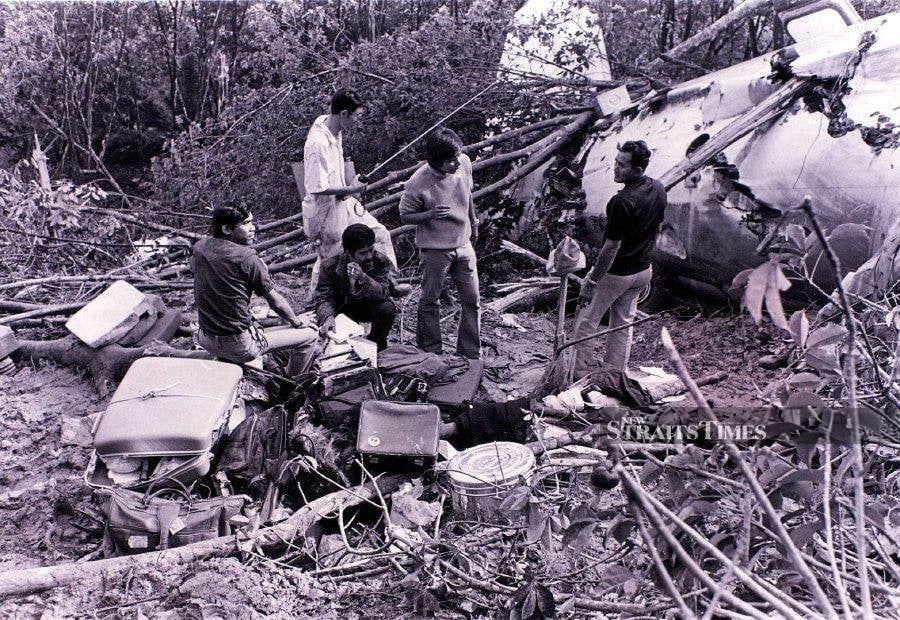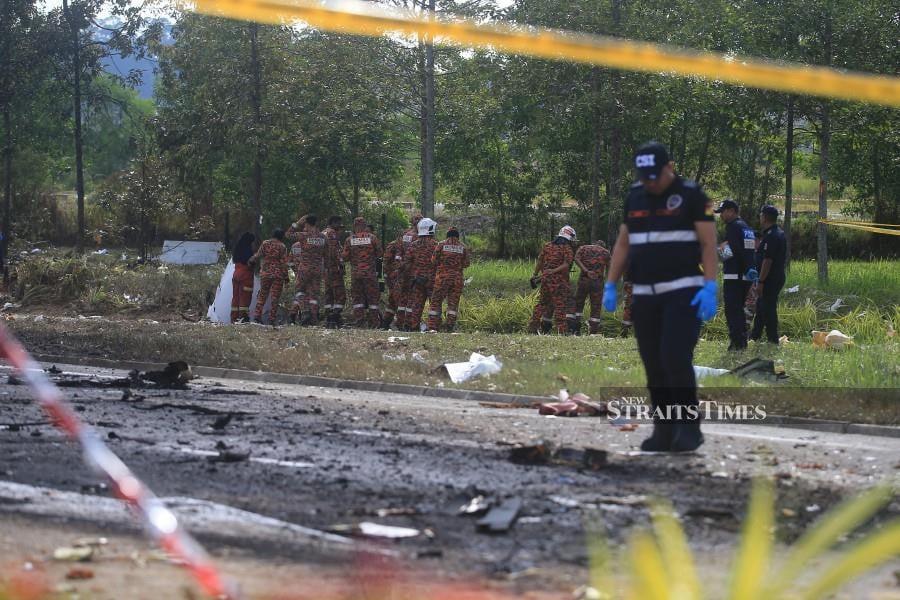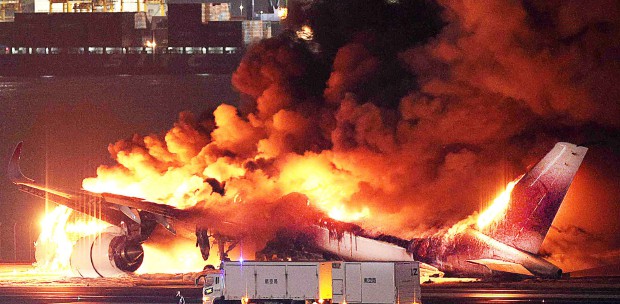KUALA LUMPUR: The tragedy which saw an aircraft crash in Elmina, Shah Alam today was not the first to take place in the area.
The first plane crash in Elmina, which is located along the flight path to Subang, took place on Sept 27, 1977 involving Japan Airlines Flight 715.
In that tragedy, 34 people died instantly, comprising 26 passengers and eight crew members.
Flight 715 crashed into a hill on approach during a thunderstorm at the Elmina Estate, back when the area was still a rubber plantation.
The McDonnell Douglas DC-8 aircraft, with 69 passengers and 10 crew members on board, was due for a stopover at the Sultan Abdul Aziz Shah Airport in Subang before heading to Singapore.

There were 29 Japanese passengers onboard.
It had earlier departed from Haneda Airport in Tokyo and flew to Changi International Airport in Singapore and underwent a stopover at the Kai Tak Airport in Hong Kong.
It was learnt from the Civil Aviation Department (DCA) that two hours into the flight, the Sultan Abdul Aziz Shah airport's air traffic control told Flight 715 to start its descent on runway 15.
The aircraft descended below the minimum descent altitude of 750 feet.
At 300 feet, it crashed into the side of a hill, four miles from the airport. The aircraft broke on impact, with no fire.
DCA's investigation report stated that at the time of the crash, the weather around the airport was poor and the aircraft was on a very high frequency omni-directional range radio navigation system for aircraft approach.
"The investigation determined that the cause of the accident was the captain descending below the minimum descent altitude without having the runway in sight, and continuing the descent, causing the aircraft to crash before reaching the airport.
"The flight crew's loss of sight of the airport was due to bad weather, which also contributed to the accident. The first officer did not challenge the captain for violating the regulations."
* To know more about the incident, read veteran journalist R. Nadeswaran's account of the tragedy: https://www.nst.com.my/news/nation/2020/09/627642/nst175-japan-airlines-...





